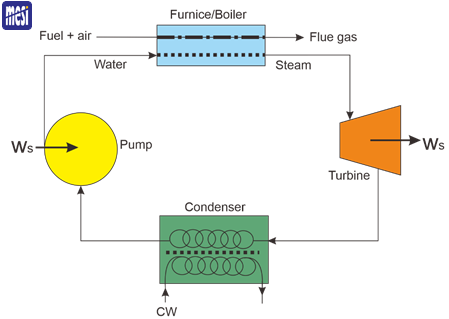Data on Emission Factors of Gaseous Emissions from Combustion of Woody Biomasses as Potential Fuels for Firing Thermal Power Plants in Nigeria
Main Article Content
Abstract
This work generated data on the emission factors of air emissions from combustion of woody biomasses collected from southwest, Nigeria. This was with a view to finding their potentials as sustainable and environmentally friendly fuels for firing thermal power plants compared to coals. The data on heating values and elemental contents (carbon, sulphur and nitrogen) responsible for gaseous emissions in the 100 woody biomasses were collected from the previous results of this work to determine the gaseous emission factors on the expected condition of complete combustion. The current results showed that the CO2 emission factors ranged from 0.0147 kg/(MJ/kg) for Ficus mucuso to 0.1499 kg/(MJ/kg) for Spondias mombin, SO2 emission factors ranged from 0.0000000 kg/(MJ/kg) for Pterygota macrocarpa, Irvingia grandifolia, and fifteen others, to 0.0011341kg/(MJ/kg) for Khaya ivorensis, while NO2 emission factors ranged from 0.0000000 kg/(MJ/kg) for Citrus medica to 0.0035824 kg/(MJ/kg) for Ficus carica. Considering the minimal emissions from biomasses compared to coal species, serious political will is needed on the part of the Nigerian government to propagate these biomasses for fuels in firing the thermal plants in the country.
Downloads
Article Details

This work is licensed under a Creative Commons Attribution-NonCommercial 4.0 International License.
References
[2] F. B. Elehinafe, O. B. Okedere, O. A. Odunlami, T. E. Oladimeji, A. O. Mamudu, and J. A. Sonibare, “Comparative study of non-metallic contents of sawdust of different wood species nd coal species in Nigeria,” Petroleum and Coal, vol. 61, no. 5, pp. 1183–1189, 2019.
[3] F. B. Elehinafe, O. A. Odunlami, A. O. Mamudu, and O. O. Akinsanya, “Investigation of the potentials of southwest Nigerian Napier Grass as an energy source to replace fossils used in firing thermal power plants for air emissions control,” Results in Engineering, vol. 11, p. 100259, 2021.
[4] O. I. Faleyimu and B. O. Agbeja, “Constraints to forest policy implementation in the southwest Nigeria: causes, consequences and cure,” Resources and Environment, vol. 2, no. 2, pp. 37–44, 2012.
[5] S. A. Agboola, An agricultural atlas of Nigeria. Oxford University Press, 1979.
[6] O. O. Ajayi, “The potential for wind energy in Nigeria,” Wind engineering, vol. 34, no. 3, pp. 303–311, 2010.
[7] A. F. Agbetuyi, T. Akinbulire, A. Abdulkareem, and C. O. A. Awosope, “Wind energy potential in Nigeria,” International Electrical Engineering Journal, vol. 3, no. 1, pp. 595–601, 2012.
[8] A. O. Omotayo, “Parametric assessment of household’s food intake, agricultural practices and health in rural South West, Nigeria,” Heliyon, vol. 6, no. 11, p. e05433, 2020.
[9] M. Wang, “The greenhouse gases, regulated emissions, and energy use in transportation (GREET) model: Version 1.5,” Center for Transportation Research, Argonne National Laboratory, 2008.
[10] Z. Morvay and D. Gvozdenac, Applied industrial energy and environmental management, vol. 2. John Wiley & Sons, 2008.
[11] O. B. Okedere, J. A. Sonibare, O. E. Ajala, O. A. Adesina, and F. Elehinafe, “Estimation of sulphur dioxide emission from consumption of premium motor spirit and automotive gas oil in Nigeria,” Cogent Environmental Science, vol. 3, no. 1, p. 1330456, 2017.
[12] F. B. Elehinafe, A. O. Mamudu, O. B. Okedere, and A. Ibitioye, “Risk assessment of chromium and cadmium emissions from the consumption of premium motor spirit (PMS) and automotive gas oil (AGO) in Nigeria,” Heliyon, vol. 6, no. 11, p. e05301, 2020.

